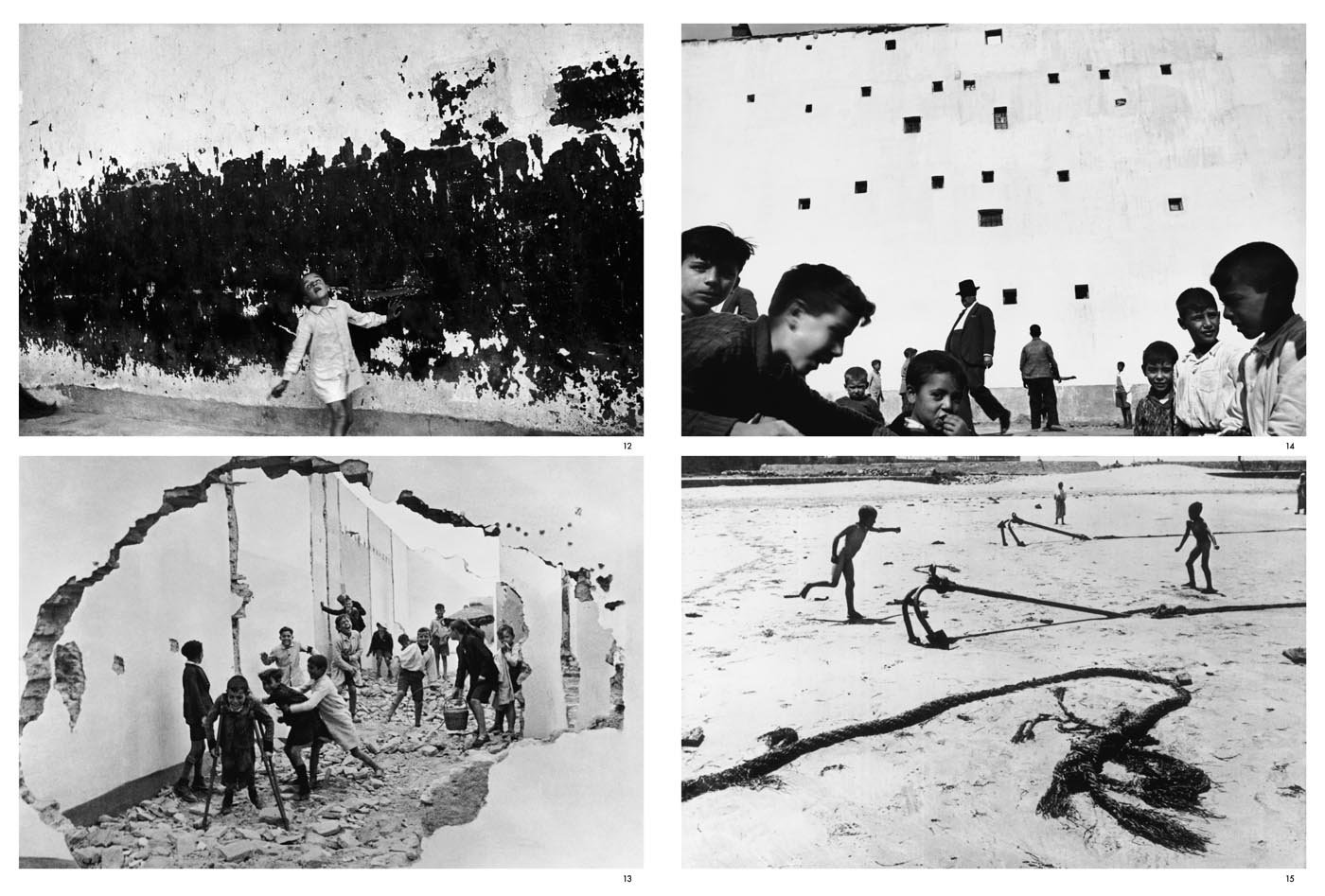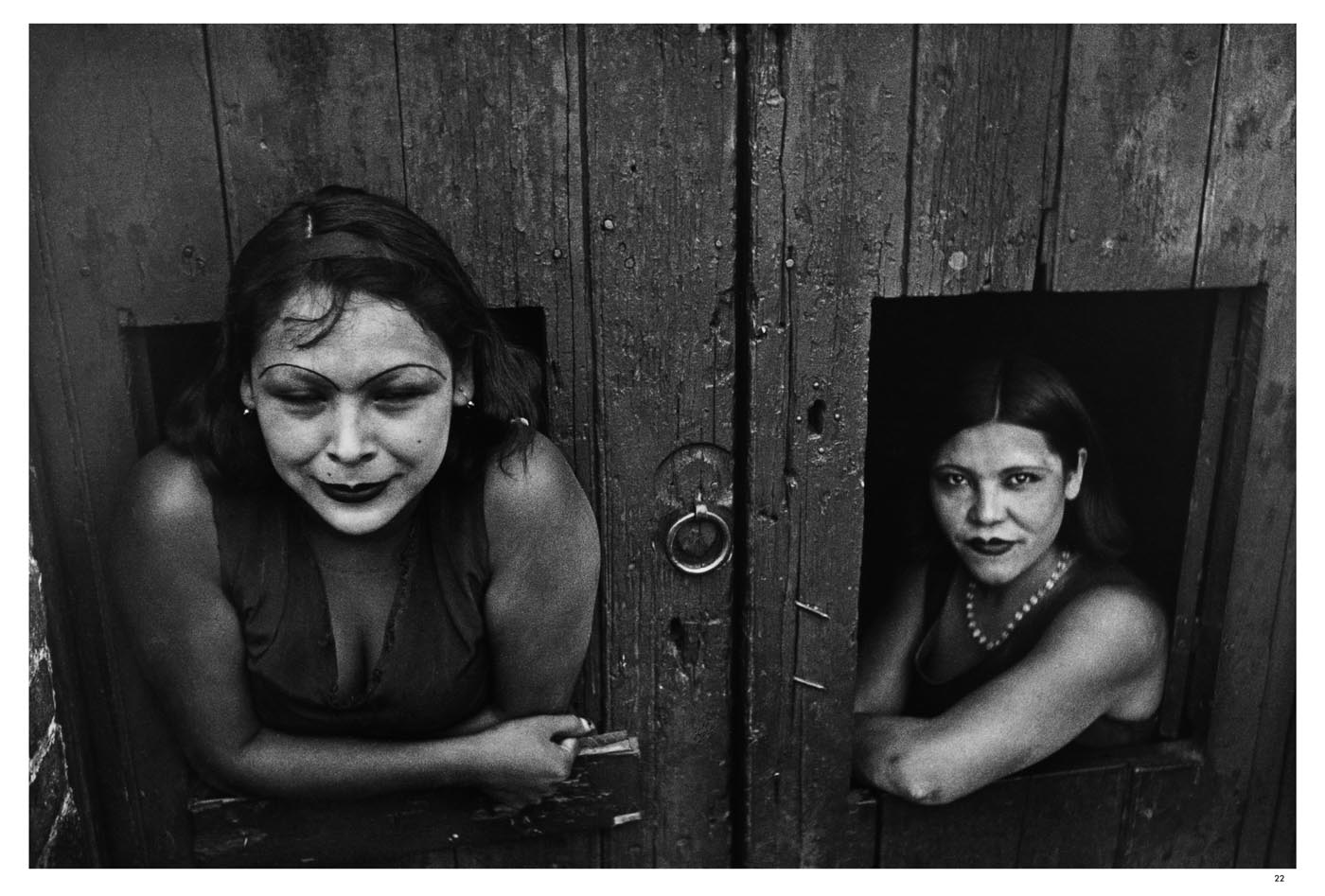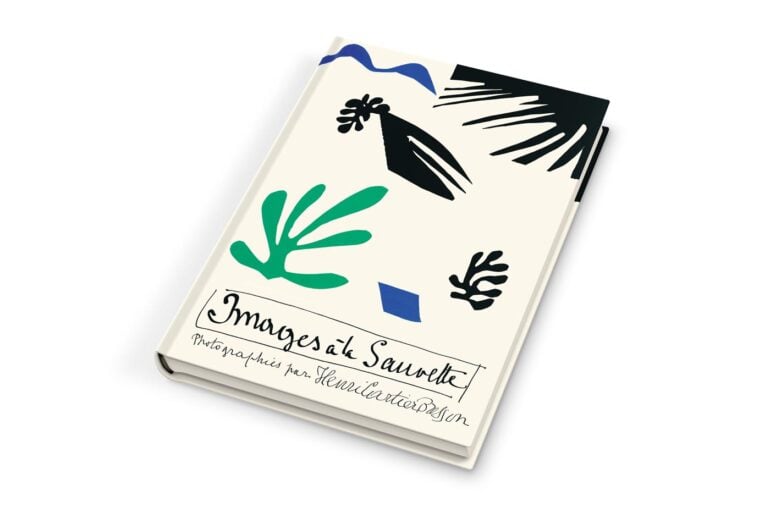The Decisive Moment, published in 1952 by Tériade, is one of the most influential photo books in history. The book features images from the first twenty years of Henri Cartier-Bresson‘s career. The American version popularized the concept of the decisive moment, which became central to Cartier-Bresson’s photographic philosophy. With an original cover by Henri Matisse, the book now benefits from a second edition.
Sommaire
Reissue of the book, 73 years later
The Fondation Henri Cartier-Bresson has reissued this historic book in a more accessible format. This new edition retains all the elements of the 1952 original, with 126 photographs, while including a study of the conditions of its production, its critical success and the issues surrounding the choice of title, written by Clément Chéroux, director of the Fondation HCB.

Henri Cartier-Bresson (1908-2004) is a leading figure in the twentieth-century photography world. He is considered a pioneer of photojournalism and a master of the “decisive moment”. His approach was to capture a brief moment that, on its own, tells a story or transcends the moment.
Henri Cartier-Bresson’s decisive moment
The decisive moment means capturing a precise instant when all the elements of a scene combine to create a perfect image, not only in terms of action, but also emotion and composition. It’s not just a matter of pressing the shutter release, but of recognizing the moment when form and meaning intersect.

This notion was popularized by the American version of the book. The Decisive Moment was the title chosen in the US, and the expression was later translated back into French by the publisher, but as “l’instant décisif” rather than “le moment”.
Cartier-Bresson attached great importance to the composition and geometry of his photographs. He used lines, shapes and patterns to create visually arresting images.
Anticipation is essential to capture the decisive moment. You need to be able to predict where the action might take place and position yourself accordingly. Timing is just as important. You need to be able to predict where the action might take place, and position yourself accordingly.
A famous example of this concept is the photograph taken by Cartier-Bresson behind the Gare Saint-Lazare in Paris in 1932. The shot perfectly illustrates the capture of movement at the ideal moment, where the main character repeats the silhouette of a poster in the background, and the jumper’s reflection in the water creates a doubling effect.
Between intimate interpretation and documentary observation
The Decisive Moment reflects the duality of Cartier-Bresson’s work, oscillating between intimate interpretation and documentary observation. From 1923 to 1947, his work was more subjective, but after 1947, with the creation of the Magnum agency, he adopted a more documentary approach, while maintaining an interplay between these two aspects.

The book can also be divided into two geographies, with the images in the first part taken mainly in France, Europe, Mexico and the USA, while the second part(Oriental Section, in the American version) features shots taken in India, Indonesia, the Middle East and China.
The Decisive Moment, published in October 1952, was immediately perceived as a unique work in photographic publishing. Larger and better produced than its predecessors, it was also distinguished by a cover signed by a great artist and a text written by Cartier-Bresson himself, rather than by a well-known writer.
Its critical reception was enthusiastic, with praise from the likes of Jean Cocteau and Joan Miró. Despite decent sales, insufficient for a second print run, the book became an essential reference, influencing many photographers.
An innovative, groundbreaking photo book
The book was innovative on several levels. The quality of the heliogravures and the clean layout contributed to its success. The book was considered a “photographer’s bible” by Robert Capa, due to its ability to convey the essence of photography through powerful, emotional images.

In fact, in a 1951 interview, Henri Cartier-Bresson said that “our final image is the printed one”, and not just the press, which often distorted the image using its own words. That’s why Cartier-Bresson very early on conceived his images in photo books. Leaving aside his unfinished projects and an exhibition catalog at MoMa, Images à la Sauvette is the author’s first real book.
In short, The Decisive Moment is an iconic work that has marked the history of photography with its artistic beauty, emotional depth and lasting influence on generations of photographers. This reissue should make it more accessible to a wider audience, especially as the first edition is highly sought-after by collectors and is trading at stratospheric prices.
Infos pratiques :
The Decisive Moment, Henri Cartier-Bresson
Publisher: Fondation Henri Cartier-Bresson
180 pages, hardback, 17 x 23 cm
Buy the book: Amazon


